
Reading Time: 4 minutes
In 1990, long before anyone was singing O-O-O-Ozempic!, the treatment options for managing type 2 diabetes were pretty slim. You had two choices:
1) Insulin shots with a syringe (no one’s first choice).
2) Oral meds called sulfonylureas that could cause weight gain, low blood sugars, and lose their effectiveness over time.
It was like trying to decide if you wanted to be kicked in the shin by a donkey or a horse.
Despite being diagnosed at a time when treatment options were minimal, side effects were a problem, and diet and exercise were a big part of the prescription, the patient in this month’s case study still found a way to manage his diabetes well for over 40 years.
He credits two main things to his success in managing his type 2 diabetes – staying educated and being proactive in his own health.
If you’ve ever doubted that you can live an active, healthy, long life with type 2 diabetes, hopefully this case will change your mind.
Meet the Patient: Wayne
Wayne is a 75-year-old man who grew up in a big, close-knit family. They shared a lot throughout their lives…including one bathroom, one TV, and unfortunately a genetic predisposition for type 2 diabetes. Wayne’s mom, grandmother, and two uncles all developed type 2 diabetes before they were 50.
When Wayne was in his late 20’s his career as a pilot took off, and so did his travel schedule. Long hours, airport food, and too little movement eventually caught up to him, and as he approached his 40th birthday, he weighed nearly 270 pounds.
The Wake-Up Call: Type 2 Diabetes at Age 40
A routine physical revealed that Wayne’s blood sugar levels were through the roof. He had central obesity, a BMI close to 40, and an A1c of 12%. Though he did have some mild symptoms of diabetes at the time (increased thirst and more frequent urination) he hadn’t thought much of it because he still felt fine, and the official diagnosis was a shock.
The “Dark Ages” of Type 2 Medications: Insulin Shots and Sulfonylureas
Back in 1990, sulfonylureas were the only game in town to treat type 2 diabetes other than insulin. However, they were known to cause weight gain and hypoglycemia, and they also lost their effectiveness over time.
Since he wasn’t a fan of needles (who is?), Wayne opted to start on a sulfonylurea called glipizide. After a few months his A1c dropped to 9.5%, but he struggled to make headway with diet and exercise because of the weight gain caused by the medication.
The First Big T2D Advancement: Metformin
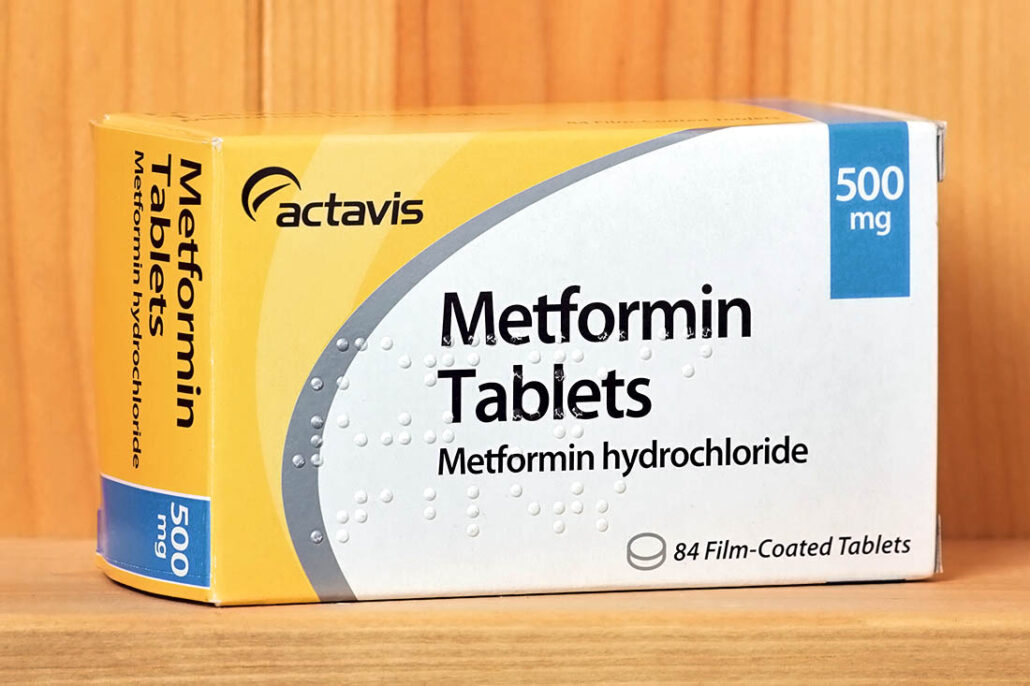
When metformin came out in 1995, it was a major advancement because it was more effective than sulfonylureas, it didn’t cause weight gain or low blood sugar, and it didn’t lose its effectiveness over time. Plus it could be added in as a treatment alongside sulfonylureas.
The main side effects of metformin are loose stools and diarrhea, which can happen in up to 25% of people, but thankfully they didn’t happen to Wayne (it’s not easy to have the scoots at 30,000 feet!). Wayne’s doctor put him on the maximum dose of metformin and his A1c dropped to 8.3%. Progress!
The Medication Revolution Begins
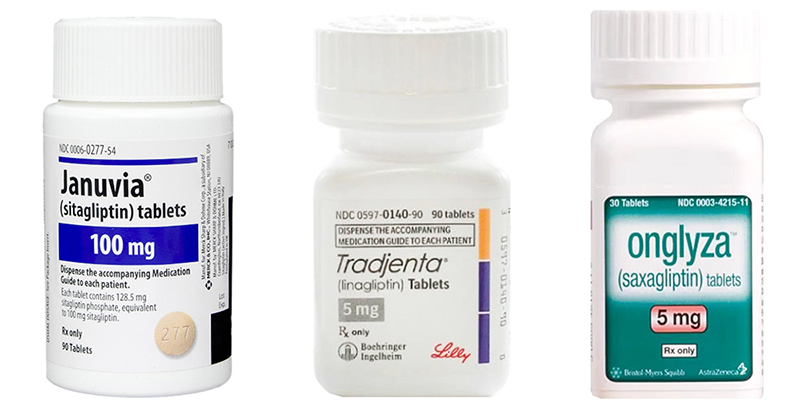
Fast forward to 2006 and the introduction of another new class of medication called DPP-4 inhibitors. DPP-4s didn’t lower A1c that much (about .5 to .8%) but they didn’t have any side effects, and they didn’t cause hypoglycemia. Wayne’s doctor added one called Januvia to his regimen, which brought his A1c down even further to 7.9%.
Wayne’s A1c was getting closer to his goal of 7%, but still not quite there. He talked to his doctor about what he could do to reach his goal, and his doctor recommended one basal insulin shot per day to bring his morning blood sugars down and to help the other medications work better throughout the day.
In 2006, Wayne’s regimen included:
- Glipizide (sulfonylurea)
- Metformin
- Januvia (DPP-4)
- Basal insulin (Lantus at bedtime)
New Hope with GLP-1s
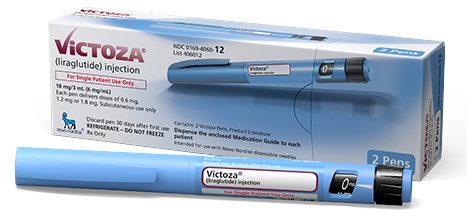
By 2010, GLP-1 medications were making some waves in how they were helping to manage type 2 diabetes. Always curious about the latest therapies, Wayne discussed these new meds with his doctor. His doctor prescribed Victoza to help improve his blood sugars and protect his heart. Combining a DPP-4 inhibitor with a GLP-1 isn’t recommended, so he went off Januvia as well as the Glipizide because it had stopped being effective.
In 2010, his medication lineup included:
- Metformin
- Victoza (GLP-1)
- Basal insulin
Multitasking Meds: SGLT2-Inhibitors
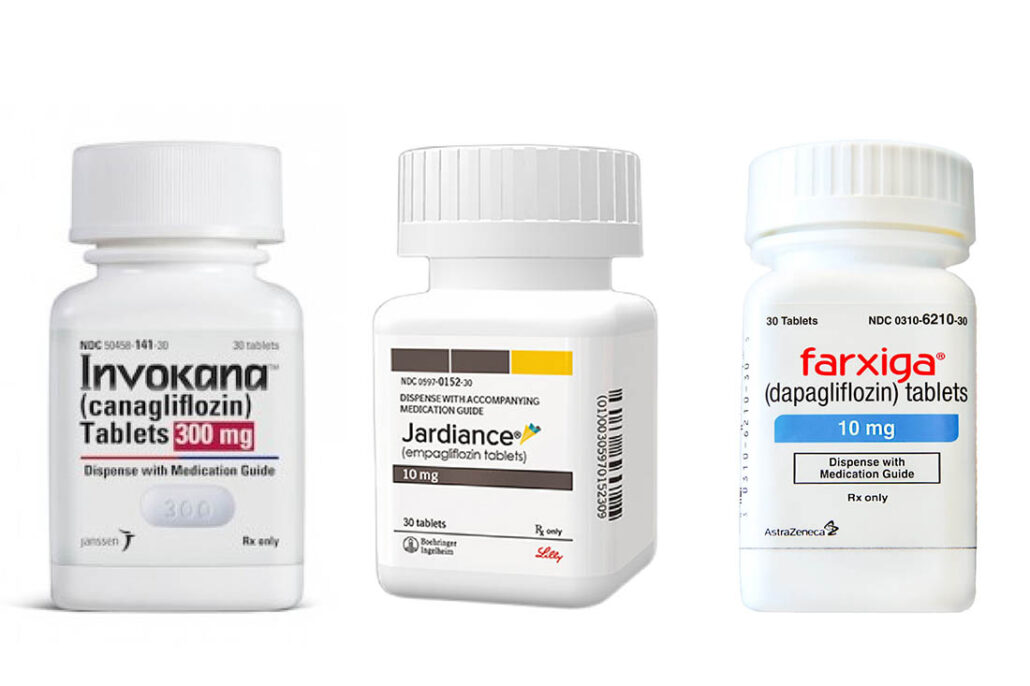
SGLT2 inhibitors came on the scene in 2013. They’re a pretty amazing class of medication for managing type 2 diabetes. They help your body flush out extra sugar from the blood – you literally pee it out – and they also protect your heart and kidneys. Wayne first heard about them at a TCOYD® conference and figured he should ask his doctor about them since he was experiencing some kidney decline. SGLT2s work well with GLP-1s, so Wayne’s doctor added Invokana to his regimen.
He did great on this regimen for years, and his diabetes stayed under good control. The only problem was that he was still having a tough time dropping weight.
The Next Big Thing: Ozempic and Mounjaro

Ozempic and Mounjaro took GLP-1s to the next level, offering improved glucose control and significant weight loss. Wayne switched from Victoza to Mounjaro when it became available, and it started moving the needle for him right away. He dropped 40 pounds in 8 months, and was actually able to come off insulin.
Wayne’s current medication regimen:
- Metformin
- Mounjaro (GLP-1/GIP)
- Invokana (SGLT2)
This is a common and super impactful trio to manage type 2 diabetes, obesity, and heart disease risk. None of these medications cause low blood sugar, and all of them have benefits beyond glucose control including weight loss, heart health, and kidney protection.
Going High-Tech: Seeing Blood Sugars in Real Time with CGM
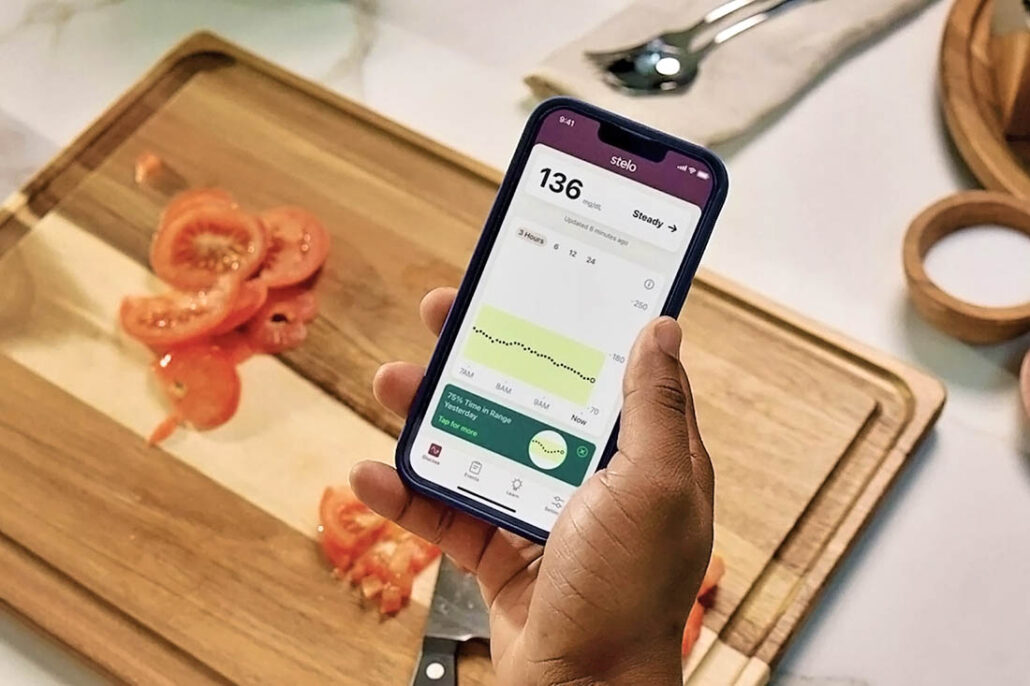
Even after 40 years with diabetes, Wayne’s still learning and adding new things to his regimen. Recently, he started using the over-the-counter Stelo CGM to track his blood sugar in real time.
Now he can see exactly how his meal choices and exercise affect his numbers. Plus he doesn’t have to fingerstick, and he loves that the app gives him a quick snapshot of how he’s doing. Apparently you can teach an old dog new tricks…at least when it comes to managing type 2 diabetes!
The Secret to His Success
So what’s Wayne’s secret to thriving for nearly half a century with type 2 diabetes?
✅ He embraces change. Every time a new type of medication comes out, Wayne and his doctor discuss whether it could help him.
✅ He never stops learning. He stays up to date on the latest advances in diabetes – now mostly through TCOYD® on Instagram!
✅ He focuses on the big picture of managing type 2 diabetes. Glucose numbers are important, but so are heart, kidney, cholesterol, and weight loss goals.
✅ He doesn’t go it alone. He’s built a good relationship with his healthcare team and he has support from his family and friends.
His success didn’t happen by accident. It was the result of making thoughtful and informed choices, being consistent, having a positive mindset, and taking a proactive approach to his care.
Key Takeaways: How to Manage Type 2 Diabetes
If Wayne’s story proves anything, it’s that living with type 2 diabetes today is not what it was decades ago. With GLP-1s, SGLT2s, and more exciting new therapies on the horizon, you can live a longer, healthier, more active life than ever before.
Many medications today do more for you than just lower your blood sugar. If you can, go for the ones that also help you lose weight (or at least not gain it!) and have other benefits like addressing common metabolic issues that can often run alongside type 2 diabetes.
And of course don’t forget about good nutrition and regular movement (“movement” as in exercise, not bowel movements…although those should be regular too).
Wayne’s focus on education and his willingness to try new therapies have served him well for 40 years. His experience is proof that when you are proactive in your own care, you can turn a diabetes diagnosis into a decades-long success story.
Explore our resource library and video vault, and subscribe to our monthly digital newsletter for more tips, tools, and expert guidance on how to take control of your diabetes.
Additional Resources:
- 10 Things to Know If You’ve Been Diagnosed with Type 2 Diabetes
- Top 10 Tips for Living With Type 2 Diabetes — Practical Hacks From Two Endos Who Get It
- How Type 2 Diabetes Changes Over Time (Hint: It’s More Progressive Than Bernie Sanders!)
- Making Type 2 Diabetes a Breeze: Easy Ways to Get Your Glucose Levels in Good Control

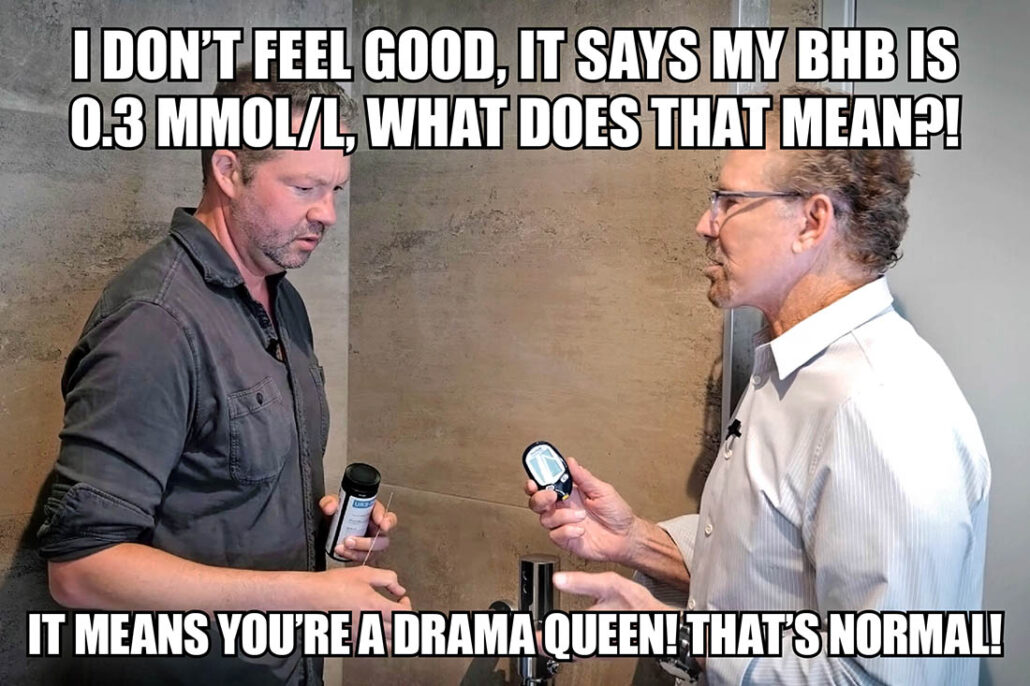
Our goal is to protect your personal health information. Please keep your questions general and do not post personal medical information here. If you have a specific question, please email events@tcoyd.org.
I Loved Wayne’s story it is much like my own. For the past year and a half I have been controlling my T2D with Mounjaro and Long acting insulin. In that time I have loss 32 pounds, stopped using fast acting insulin, and became more mobile.
That’s awesome!! Way to go!!👏👏👏
I Loved Wayne’s story it is much like my own. For the past year and a half I have been controlling my T2D with Mounjaro and Long acting insulin. In that time I have loss 32 pounds, stopped using fast acting insulin, and became more mobile.
P. Smith
Lets say Wayne marries Wanda. Wanda is also prescribed SGLT2. Could you please do a post on how Wayne and Wanda can handle the issues that come with increasing the amount of sugars in urine? Like when and how to engage other docs and is that the patient’s job or should the endo be reaching out to the pcp or gyn?
As I interpret your question – and knowing a lot about these drugs – Wanda should tell her gynecologist that she’s taking one of these meds, and to potentially ask for a prescription for a yeast infection treatment or urinary infection treatment in case she does get one because they run slightly higher in women. And if her diabetes is not well controlled, that puts her at slightly greater risk. For Wayne, it would be good for him to tell his doctor that he’s taking an SGLT2, and if they ever do a urine test along with routine blood work, it’s expected that he’ll have some sugar in the urine. And that’s of no concern. As people’s glucose control improves, they secrete less and less sugar in the urine. But everyone should consult with their own doctors for questions about these medications.